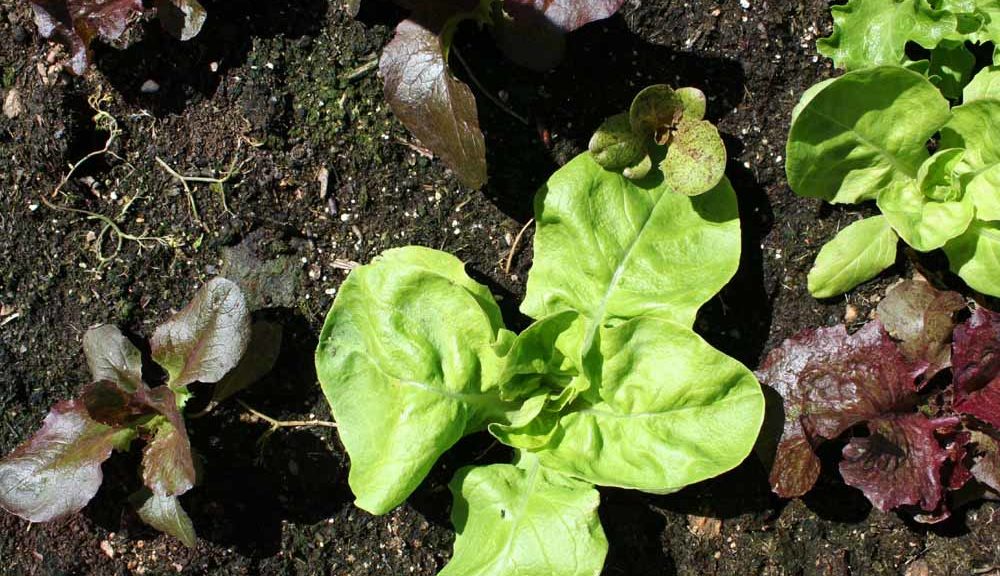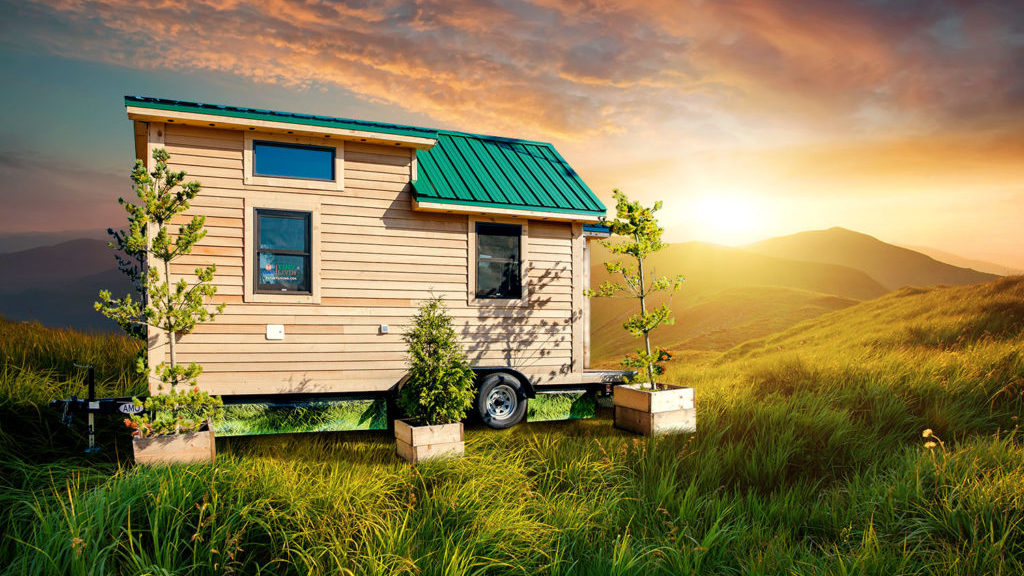On March 10, my husband and I decided to list our home this spring—smack in the middle of the coronavirus pandemic.
This was not a decision we took lightly. Derrick and I had been thinking about putting our Chicago condo on the market for a while. Having lived in our two-bed, two-bath home for four years, 2020 was going to be when we’d finally “settle down” somewhere quieter and closer to our families.
Plus, we figured at the time that getting in on the spring buying season would be key.
On March 11, we emailed a local real estate agent, Paul Barker of Barker Group, who specialized in our Northside neighborhood and had sent us a marketing flyer last year. We made plans for the three of us to meet at our condo a few days later.
But that week, as things began to really get weird in Chicago—like panic shopping at grocery stores and sports seasons canceling—we questioned whether we’d need to meet virtually instead. Barker assured us we’d be fine, however.
“I need to do a walk-through, but we will keep our distance, and I won’t have to touch anything,” he told me. “Then, after I’ve researched and put together a plan, we can have a virtual meeting to go over the marketing strategies and pricing.”
The good news with moving forward as planned, our real estate agent told us, was that online traffic was actually up from the previous month. But with showing requests down, we’d have to up our game online. How? By adding a 3D virtual tour to our listing. Creating a virtual tour would entail hiring a specialized photographer and equipment—which our agent’s firm would provide.
Source: ‘Why We’re Selling Our Home During the Coronavirus Pandemic’ | realtor.com®
Click on the link to see what Realtors are doing with 3D virtual tours to keep selling during the pandemic.




